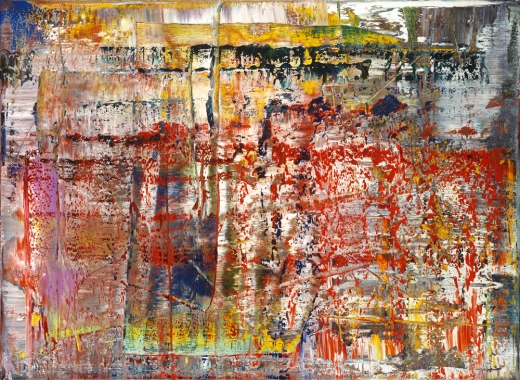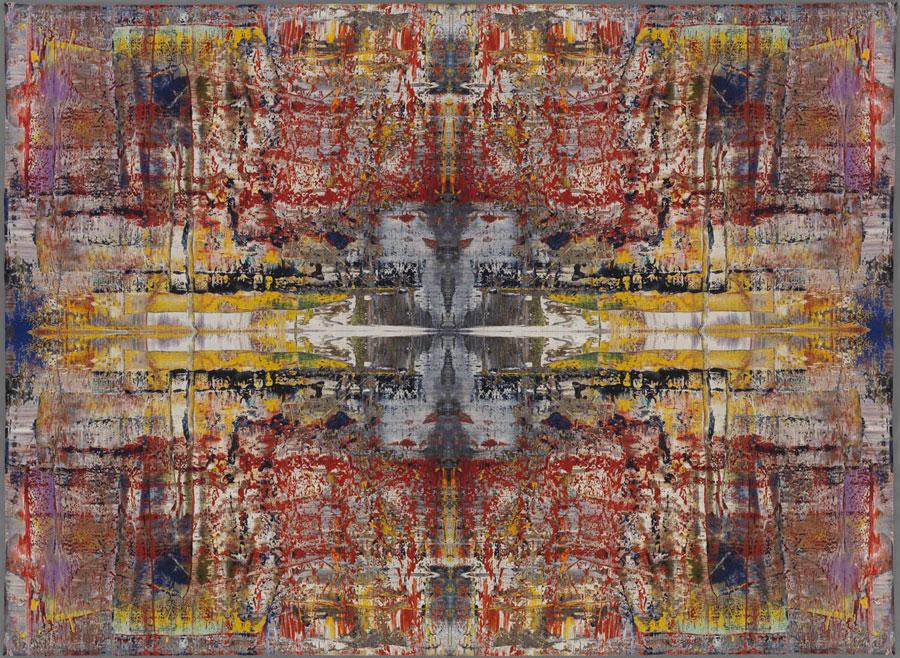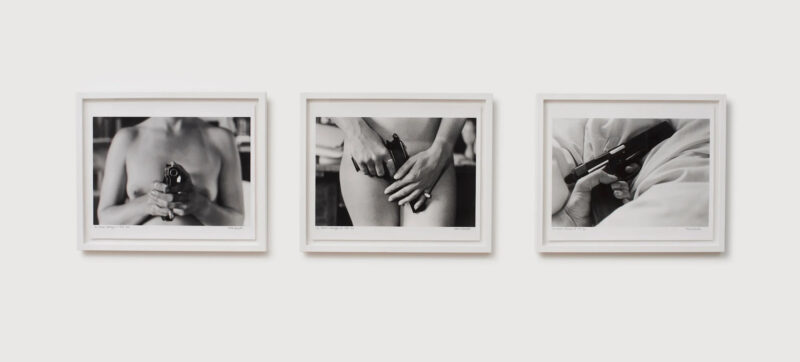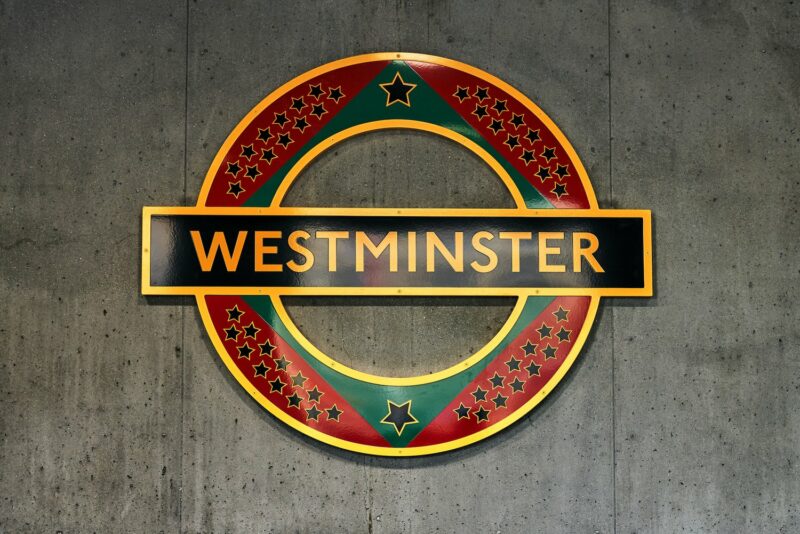Most days art Critic Paul Carey-Kent spends hours on the train, traveling between his home in Southampton and his day job in Surrey. Could he, we asked, jot down whatever came into his head?
Gerhard Richter is the most expensive living artist (£24m auction record recently), and when you hear that he’s turned one of his paintings into four tapestries you might suspect he’s just milking his brand. Yet, on the contrary, the four woven works now on show at the smaller Gagosian Gallery retain a surprisingly painterly impact even as they move some way from the original source, Abstract Painting 724-4 (1990): each repeats four times, with kaleidoscopic reflections, the image of one quadrant of the painting.
Moreover, they’re just part of a radical revisiting of that scraped abstract. Richter has also used its digital template to generate thousands of computer transformations which conclude with massive ‘Strip’ displays of more than 8,000 stripes – abstract representations, you might say, of an abstraction. You can discover all this of this at another Richter phenomenon, namely his website. www.gerhard-richter.com provides a superbly organised and fully illustrated overview of everything Richter considers part of his oeuvre: for example well over a thousand paintings; his vast Atlas archive of source material (maybe 8,000 newspaper clippings and photos), drawings, overpainted photographs, works on paper, watercolours, artist’s books, works of glass, and sculptures. What’s the point, you might wonder, of a printed Catalogue Raisonné? But there’s also one of those in progress …

Abstract Painting 724-4 (1990)Abstract Painting 724-4 (1990)
Read More Art Stuff on a train: HERE








